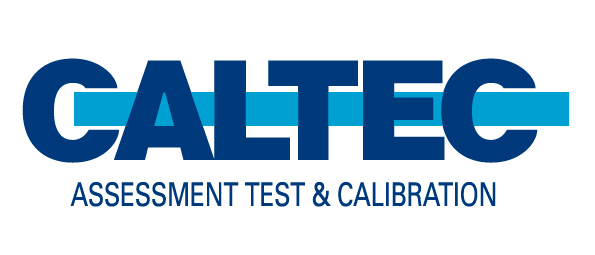When looking round a car showroom it can feel as if every model is unique and distinct. But beneath the styling and badges, many vehicles are closer than we might think. The practice of sharing major components, known as platform sharing or parts‑bin raiding, is widespread in the automotive world. Whether across models within the same corporate group or between brands that seem to be rivals, much of what we assume is exclusive design is actually shared – from platforms and engines to electronics and even entire chassis structures.
Take, for example, the large groups such as Volkswagen Group and the Renault‑Nissan‐Mitsubishi Alliance. Volkswagen uses modular strategies such as its MQB platform to underpin very different models, from the mainstream Golf to high‑end SUVs.
Likewise, Renault‑Nissan‑Mitsubishi share engines, transmissions and platforms across multiple brands, enabling them to spread development cost and manufacture at greater scale.
But it’s not just the mainstream models. Even premium marques and sports cars re-use components. Indicators, lights, or steering column controls, chosen for their performance or cost efficiency, may appear in vehicles that are at very different price‑points.
So why do manufacturers do this? The answer lies in practicality and economics. Developing an entirely new platform for every car is extremely costly, especially as regulatory demands for safety, emissions and electrification grow. By re-using proven parts, companies reduce development time, bring models to market faster, and capitalise on mass production to drive down cost.
For buyers this means two things. On the one hand, shared components can mean better reliability, proven parts and more efficient service. On the other hand, it may challenge the idea that vehicles with different badges are wholly distinct from one another.
But that doesn’t necessarily mean that shared parts undermine the appeal of a brand. Design, tuning, material choice and engineering refinement still play a major role in creating the distinctive feel of a car. What might change is how we feel about it. When choosing a vehicle, the fact that a luxury model shares a platform with a more modest model shouldn’t necessarily be surprising. It simply highlights how brand identity is often more complex than it appears.
From a calibration services perspective, whether a car includes a unique engine or one shared across multiple brands, the standards of accuracy, traceability and measurement remain constant. Our work at Caltec Calibration is just as vital when dealing with globally‑shared components, because consistency across platforms is what supports performance, safety and compliance.
Ultimately, when considering a new car, what matters more is how well it meets the buyer’s needs, so factors like how it drives, how dependable it is, and how well it fits the purpose become more important than the badge.
